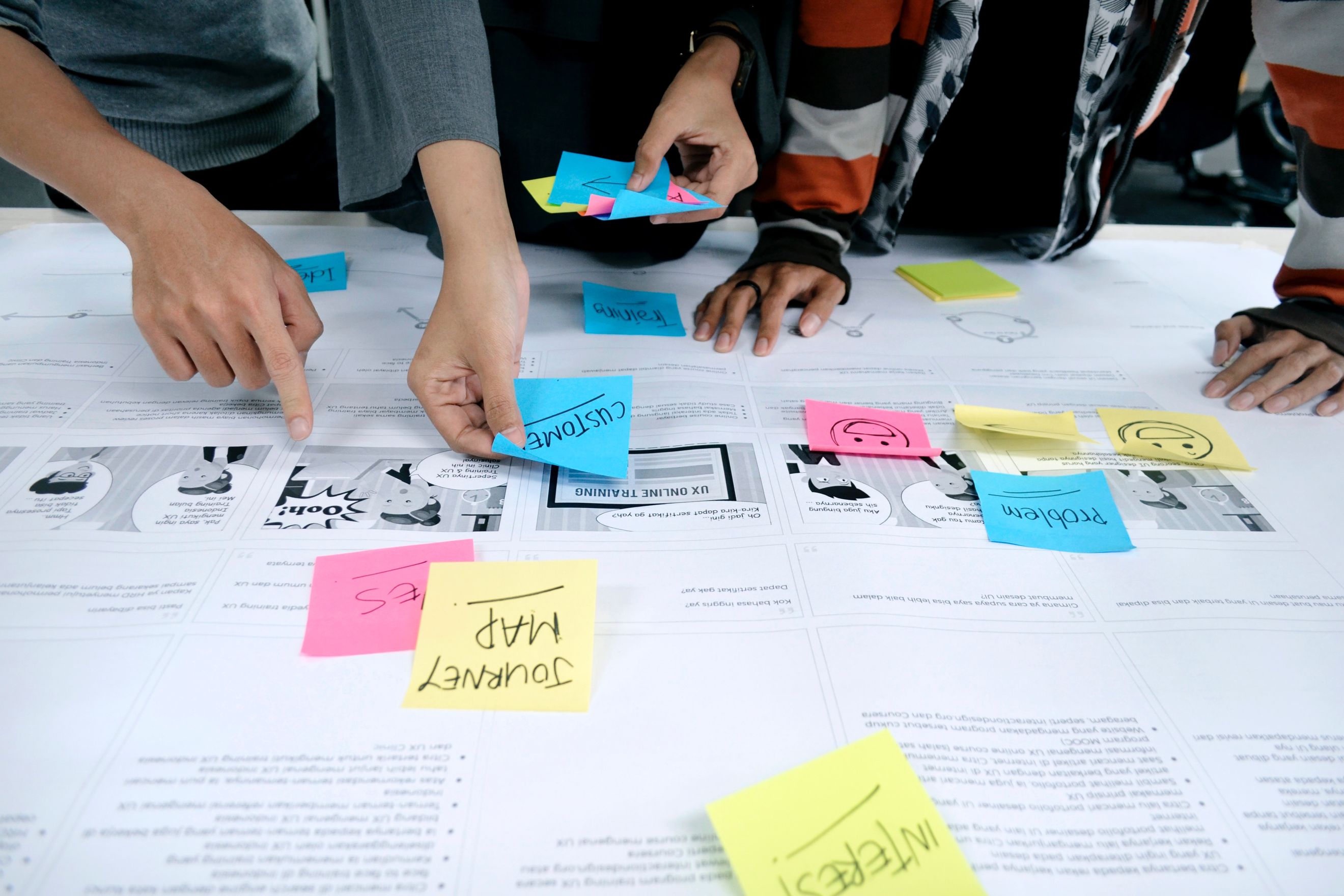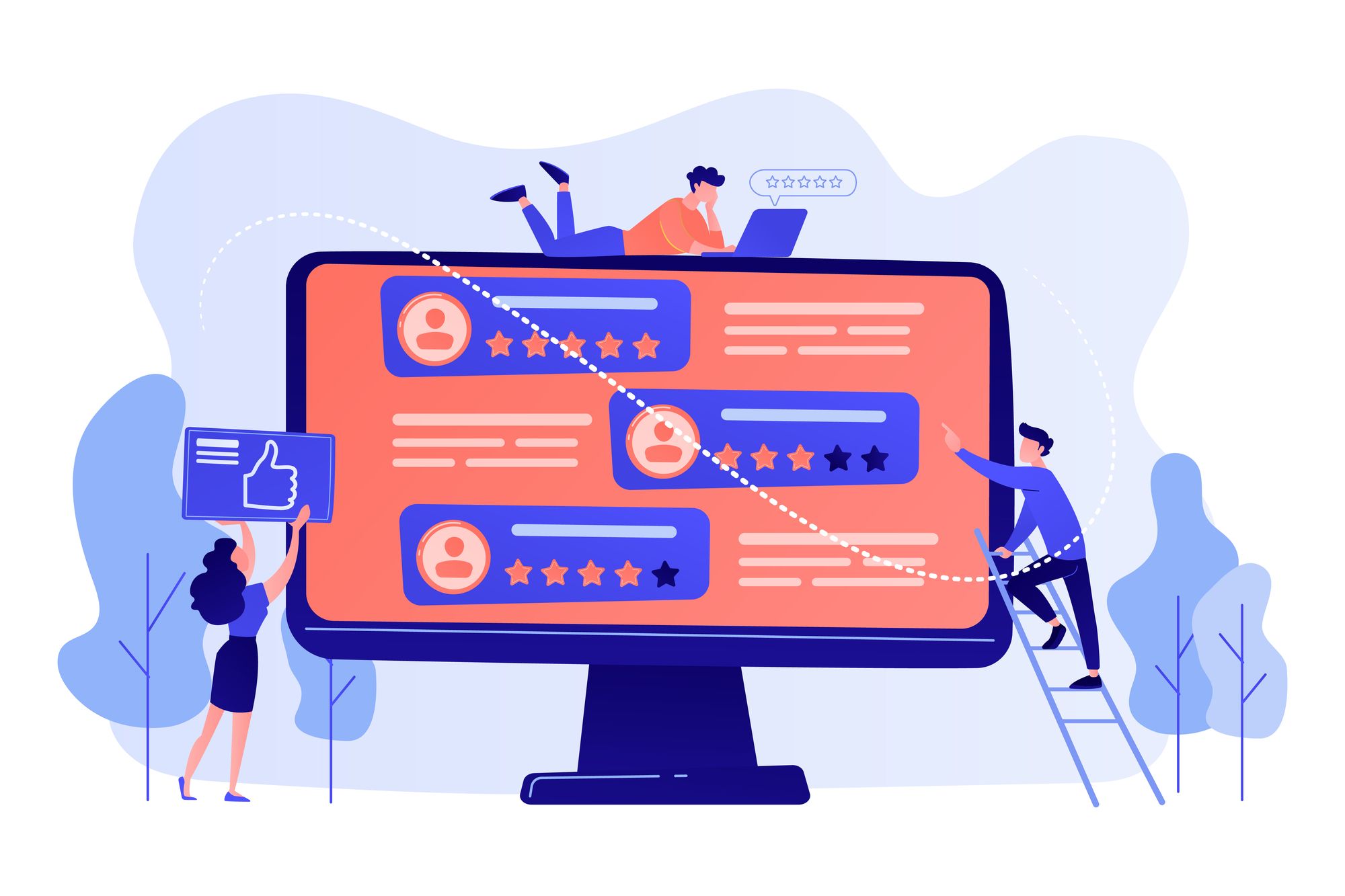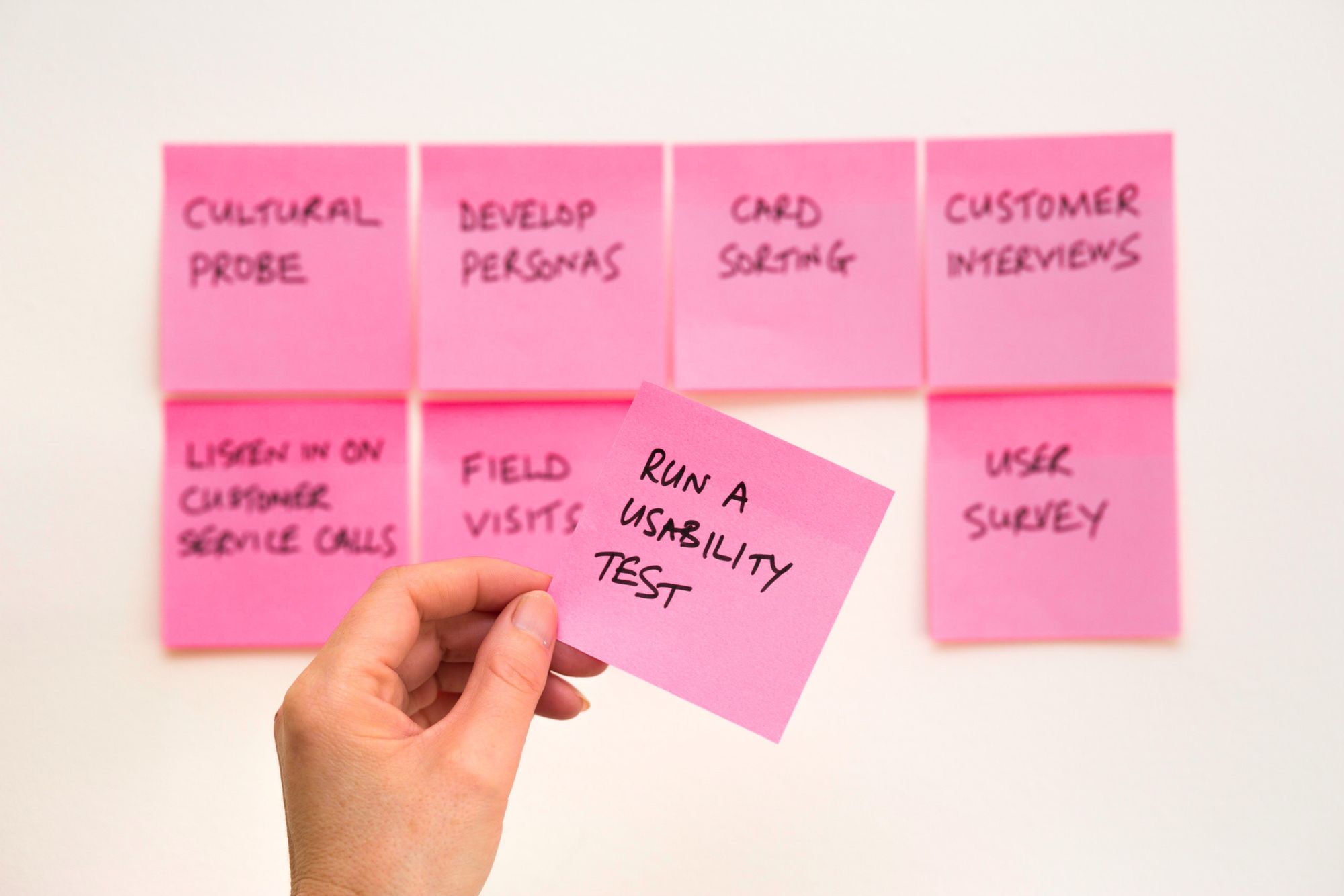
CX Design and Why is It Important
Customer experience (CX) isn‘t just a buzzword in the Digital era but a potentially decisive factor in the relationship of an individual towards a brand, which triggers specific actions, a purchase in particular.
The customer's overall experience with the brand/company, the help and support it receives. The appreciation of feedback is exactly what customer experience design focuses on, adapting it to the customer's expectations and satisfaction. A high degree of satisfaction increases the probability of a return to the brand, making customers come "for more".
When talking about customer experience design, we are talking about a process that optimizes the customer experience before, during, and after the conversion with the brand.

The following lines provide a closer insight into how this is achieved and how it affects the results of a company.
What Is CX?
The affections of consumers today are not only won by loyalty to a particular product but a necessity to have a positive experience with the brand or organization as a whole.
The relationship between the customer and the organization is actually based on different types of interaction, on several touchpoints, all of which together constitute CX.
It is important to point out that CX begins long before a customer starts using a certain product or service. The company communicates with the customer before, after, and during the use of the product - from the moment when the customer makes the first inquiries about them, through the purchase of the product/service, the latter decision to repeat the purchase, discuss the positives or negatives or does not talk about it at all.
This process has several layers. First, the customer gets a certain experience with the company or brand based on a single interaction with a specific product or service of the company, such as, for example, signing up for a newsletter. This part is mainly related to UX design, but the difference between these two terms will be discussed below.
The second aspect consists of a somewhat wider range of experiences, customer interaction with the brand through different channels and touchpoints, aiming to achieve a certain goal. Here we are talking about the customer journey, the mapping of the customer's actions to reach his final goal. It is used to map the relationship between the customer and the organization over time, across all channels through which they interact. This journey indicates quite well how the customer experience matches his or her expectations, and where there is room for improvement.
In the broadest sense, CX does not refer to any single action or goal, but to all interactions that take place between the customer and the organization. The opinion of an individual about the brand depends on the quality of this relationship.
Difference to UX?
It is clear that CX represents the overall perception of the relationship the customer has with the brand or organization - from the first impression to the moment of the first and repeat purchases.
Often, however, CX design is equated with UX design, although they are still two different terms. UX pertains to the impressions and experience of the end user through a specific interaction, such as filling out a specific form. The goals of UX design are to help the user perform a certain task successfully and to make such interaction easy and simple for all users.
Unlike UX design, CX design is there to make the entire customer experience smooth and addresses all the problems a customer may have when interacting with a company, not just the problems that arise when using a single product or service. As such, it gives a competitive advantage to the company or brand in the market, aiming to maintain brand loyalty.
Both certainly focus on finding and offering solutions to the problems the user faces on both levels.
Who Can Be Doing CX Design?
Professionals on CX rolls often have a background in marketing, advertising, management, sales or communications. They know technology and use metrics well.
They measure performance through metrics such as customer engagement and conversion rates. Their job description often includes data collection, a lot of research, and user testing.
In order to present the processes of improving the customer experience as authentically as possible to the rest of the team, as well as to the end customer, presentation skills are also important.
Why CX Design
For many companies, CX ranks first among priorities in the next 5 years, ahead of product development and pricing. Following this, the increase in investment in this area is not surprising - according to Statista, global spending on CX technology will increase from around $500 billion in 2019 to over $640 billion by 2022.
Why is that? Consumers no longer make their decisions based only on the quality of a particular product, but on the connection and affection, they have with the brand. Comprehensive experience, then. If you need an example, take Coca-Cola or Apple. A brand that makes the customer feel valued, that they are "at the center", is more likely to have higher conversion rates and better user referrals. This applies equally to B2B or B2C companies. Good CX design leads to continuously growing loyalty, higher satisfaction level, and ultimately better results.
How is this achieved? CX design allows you to turn new customers into long-term loyal customers. Investing in customer satisfaction is a worthwhile investment, with the potential for significant increases in revenue. A good customer experience encourages customers to spend more - 86% of customers are willing to pay more for an excellent customer experience. At the same time, some indicators suggest that companies that make $1 billion a year can expect to earn an additional $700 million on average within 3 years from investing in CX.
Here we come to free advertising and the word-of-mouth effect. 72% of customers will share a positive experience with 6 or more people, while on the other hand, 13% of unhappy customers will share their experience with 15 or even more. By creating a pleasant experience for clients, a company secures brand ambassadors, who will, through good reviews, further spread the good word about the brand or company, boosting organic sales growth and increasing the client base.
How to Develop CX Design?
From all of the above, we see that how companies deliver their products and services to customers is equally, if not more important than what they sell. Moreover, no matter how good a product or service is, it is unlikely to be successful if the customer's overall experience with the brand does not meet expectations. Companies that want to work on improving CX must take into account every point of customer interaction with the brand. Achieving this requires insight into data and the collaboration of teams within the company.
Without the intention of going deeper into the development of strategies for creating CX design, we will point out the main guidelines.

- First, research and understand who the customer is. Important here is the creation of customer personas - ideal customers who have common characteristics of a group of customers, either those the company now has or wants to acquire. This phase relies heavily on the collection and analysis of customer and sentiment data through customer satisfaction surveys, monitoring reviews, and social media. It is important to understand the customers’ feelings, and pains and recognize the key expectations he or she has.
All those data will be valuable for CX teams to develop new approaches that improve the customer's overall brand experience.
- Once the customers are understood, the next step is to map the customer journey - take the place of a customer in this interaction with the company or the brand and map each touch point and contact. Putting the "voice of the customer" at the center of development provides a better understanding of their unresponded needs and pain points, which can be used to design a better customer experience with the brand.
When it is understood what needs to be improved at each touchpoint, it remains to map and design the future customer journey, what and how the company wants customers to think and feel at each of these touchpoints.
- Permanent testing, learning, and optimization of the customer experience at each point are important in this process, before starting the implementation.
Their feedback should be followed, as well as adopting and improving the overall experience. That keeps customers continuously in focus, and the focus on CX is, as we have seen, a win-win situation - at the same time user satisfaction is maintained, and the business results of the company/brand increase.
Have you already been involved in the CX design process on the projects you worked on? Share your experience or learn more about this topic by starting a discussion on the Joberty community.


